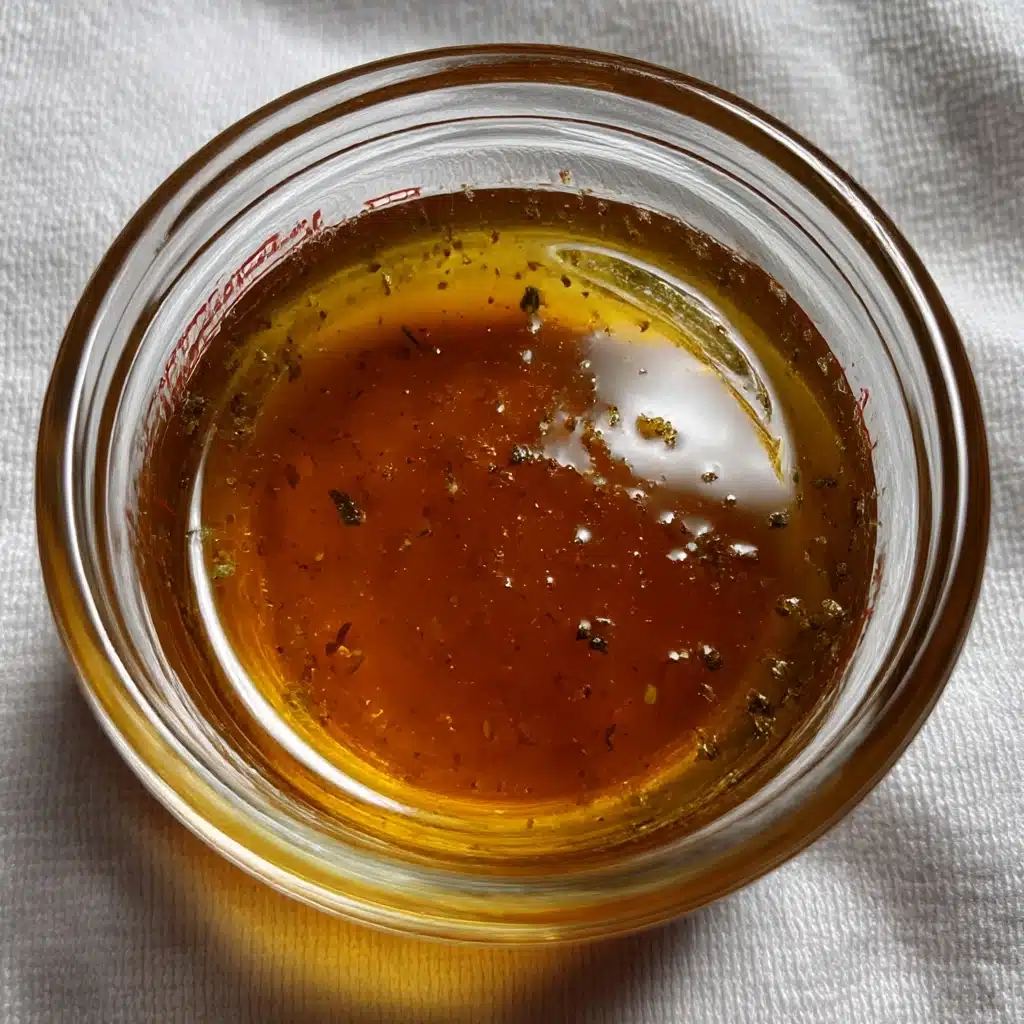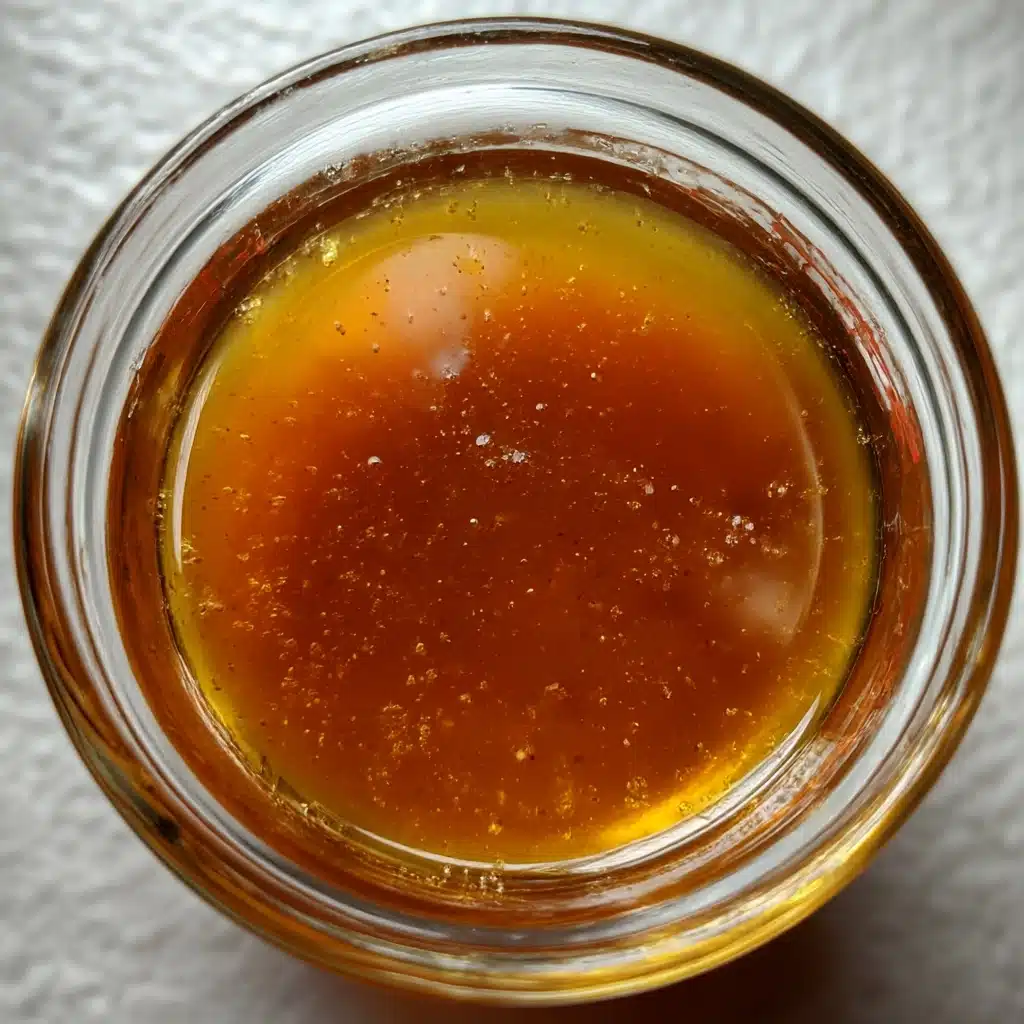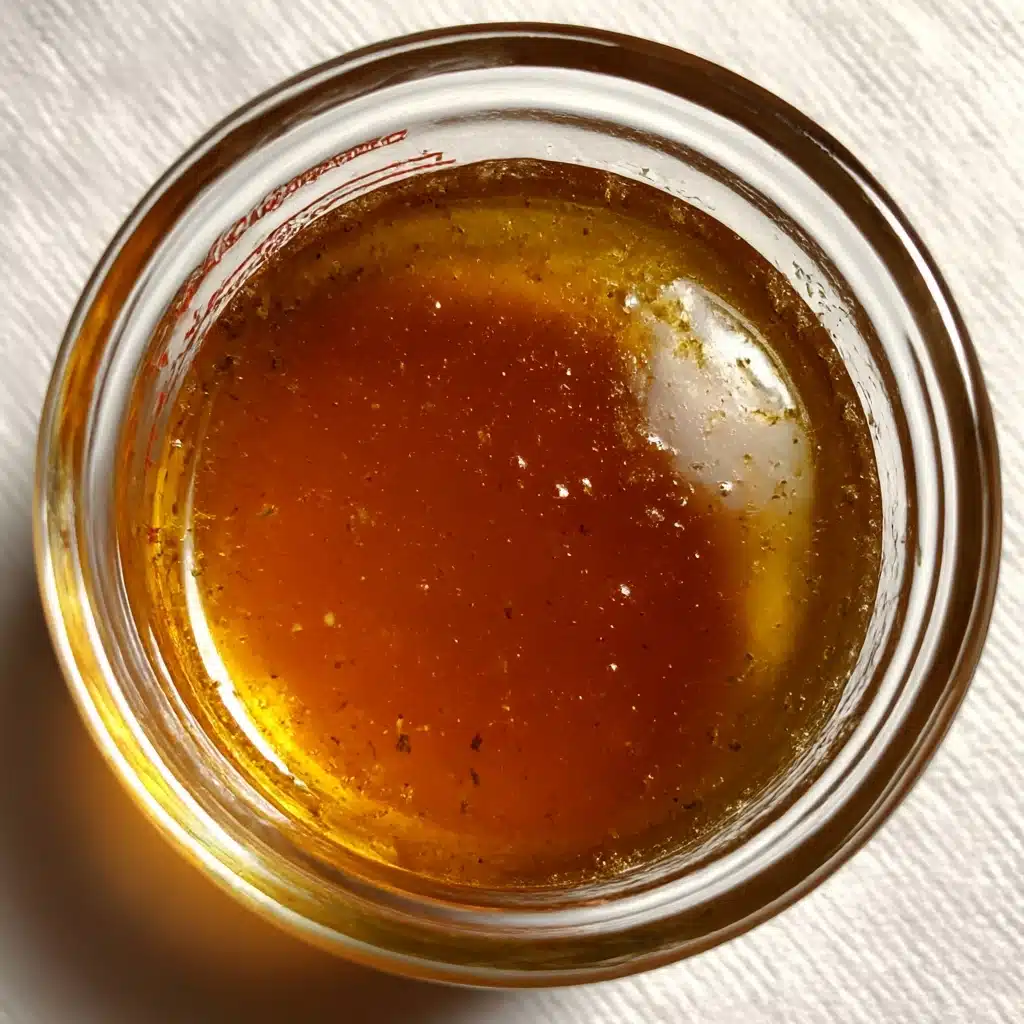If you love transforming basic meals into something truly extraordinary, Homemade Chicken Stock is your secret culinary weapon. This golden elixir is packed with soul-soothing flavor and comforting aromas, turning every sip—and every soup, stew, or risotto—into something magical. Once you taste the deep, savory undertones of Homemade Chicken Stock, you’ll never look back at boxed broth again!
Ingredients You’ll Need
The beauty of this recipe is in its simplicity: each ingredient plays an essential role, working together to create incredible depth, body, and a gentle aromatic base. With just a handful of kitchen staples and a bit of patience, you’ll unlock a pot of liquid gold.
- Chicken carcass or bones: This is the backbone of your stock, providing both rich flavor and silky body as the collagen breaks down.
- Carrots: Peel and chop for subtle sweetness and a lovely warm color.
- Celery: Adds a familiar, herbal freshness that brightens the final stock.
- Onion (skin on): The skin adds a gentle hint of color, boosting the beautiful golden hue.
- Garlic (smashed): Just a few cloves impart a mellow, rounded savoriness.
- Bay leaves: An essential background note—think of them as the subtle perfume in the stock’s bouquet.
- Whole black peppercorns: Bring just enough gentle heat to awaken all the flavors.
- Fresh thyme or dried thyme: Either option infuses a soft, earthy aroma that plays so well with chicken.
- Fresh parsley: A few sprigs add color and an uplifting note to the mix.
- Salt (optional): Salt draws out flavor, but you can leave it out for more control later.
- Cold water: Starting with cold water ensures you extract every ounce of flavor.
How to Make Homemade Chicken Stock
Step 1: Gather and Prepare the Ingredients
Start by collecting your chicken carcass or bones, trimming excess skin if you prefer a less fatty stock. Roughly chop your carrots and celery, quarter the onion (leaving the skin on for color), and give the garlic cloves a good smash—there’s no need for precision, since everything will be strained out later.
Step 2: Build the Foundation
Place the chicken bones, veggies, and aromatics—garlic, bay leaves, peppercorns, thyme, parsley, and salt—into a large stockpot. This is where the alchemy begins! Pour in the cold water, making sure all ingredients are fully covered. Cold water is key for extracting the most collagen and flavor as the stock slowly comes up to temperature.
Step 3: The Simmering Magic
Set the pot over medium-high heat and patiently bring it to a gentle boil. Once bubbling, immediately dial the heat down low. A slow, lazy simmer is your friend here—it encourages clarity and extracts the deepest flavors without turning everything cloudy or greasy. Let your Homemade Chicken Stock quietly do its thing for 4 to 6 hours, occasionally skimming any foam or excess fat that rises to the top. Top up with a splash of water as needed to keep everything submerged.
Step 4: Strain and Cool
After hours of simmering, your kitchen should be filled with the most irresistible aroma. It’s time to pull the stock off the heat and let it cool slightly. Carefully strain it through a fine-mesh sieve or cheesecloth into a large bowl or clean pot, discarding all the solids. There’s something deeply satisfying about watching that golden liquid pour through! Let it cool completely before moving on to storing or using.
How to Serve Homemade Chicken Stock

Garnishes
You can enjoy a mug of Homemade Chicken Stock all by itself, or dress it up with a sprinkle of chopped fresh herbs, a crack of black pepper, or even a swirl of good olive oil. A squeeze of lemon gives a fresh lift, especially if you’re sipping it straight as a nourishing drink.
Side Dishes
Homemade Chicken Stock is a beautiful start for classic noodle soup, but it’s also wonderful poured over cooked rice, quinoa, or a medley of roasted root vegetables. Pair it with crusty bread for dunking—perfection on a chilly day!
Creative Ways to Present
Ladle your stock into small cups for an elegant starter, or pour it into individual soup pots filled with cooked tortellini or shredded chicken for a quick meal. Use it as the base for a healing congee or to elevate the flavor of your favorite risotto. The possibilities are just about endless with this liquid gold.
Make Ahead and Storage
Storing Leftovers
Once your Homemade Chicken Stock has cooled, transfer it to airtight containers or glass jars. Store in the fridge for up to five days, and always pour off any fat that solidifies on top for a cleaner flavor—or save the fat for sauteing vegetables.
Freezing
Homemade Chicken Stock is a lifesaver when stashed in the freezer! Portion it into freezer-safe containers or silicone ice cube trays for easy grab-and-go use. It will keep beautifully for up to three months, making weeknight meals so much easier.
Reheating
To reheat, simply pour your stock into a saucepan and warm over low heat until steaming. Give it a taste and adjust the seasoning if needed—a pinch of salt or squeeze of lemon can really make the flavors shine after being chilled or frozen.
FAQs
Can I use leftover roast chicken bones?
Absolutely! Leftover roasted bones actually bring even deeper flavor and color to your Homemade Chicken Stock. You can even toss in bits of leftover skin or pan drippings for extra richness.
Why start with cold water?
Starting with cold water ensures the gradual extraction of gelatin, nutrients, and flavor from the bones and vegetables, resulting in a fuller-bodied stock with better mouthfeel.
Is it okay to add other vegetables or herbs?
Definitely—feel free to experiment! Leeks, parsnips, or a small piece of fennel bulb can add subtle complexity, while herbs like dill or rosemary can give your Homemade Chicken Stock a unique personality.
My stock turned out cloudy. What happened?
Cloudy stock usually comes from rapid boiling or aggressive stirring. Keep the simmer gentle and avoid disturbing the pot too much, and always skim any foam that surfaces early on.
Can I make this in a slow cooker or Instant Pot?
Yes! For a hands-off approach, combine all ingredients in your slow cooker and let it cook on low for 10 to 12 hours. For an Instant Pot, pressure cook on high for 40 minutes, then natural release. Both methods still yield delicious Homemade Chicken Stock with minimal fuss.
Final Thoughts
There’s nothing quite like sipping a bowl of Homemade Chicken Stock, knowing you built all those delightful layers of flavor from scratch. Give it a try—even one batch will have you convinced: great stock really is the heart of countless memorable meals. Happy simmering!
PrintHomemade Chicken Stock Recipe
Learn how to make flavorful homemade chicken stock from scratch with this easy recipe. Perfect for soups, stews, and sauces!
- Prep Time: 15 minutes
- Cook Time: 5 hours
- Total Time: 5 hours 15 minutes
- Yield: 12 cups 1x
- Category: Soup
- Method: Simmering
- Cuisine: American
- Diet: Non-Vegetarian
Ingredients
Chicken Stock:
- 1 whole chicken carcass or 2–3 pounds of chicken bones
- 2 carrots, peeled and chopped
- 2 celery stalks, chopped
- 1 onion, quartered, skin on
- 4 cloves garlic, smashed
- 2 bay leaves
- 1 teaspoon whole black peppercorns
- A few sprigs of fresh thyme or 1 teaspoon dried thyme
- A few sprigs of parsley
- 1 teaspoon salt (optional)
- 12 cups cold water
Instructions
- Prepare Ingredients: Place chicken bones, vegetables, herbs, and seasonings in a large stockpot.
- Simmer: Bring to a gentle boil, then reduce heat and simmer uncovered for 4 to 6 hours.
- Strain: Remove from heat, strain the stock, and discard solids.
- Cool and Store: Let the stock cool before refrigerating or freezing for later use.
Notes
- For a richer flavor, consider roasting the bones and vegetables before simmering.
- Stock can be stored in the fridge for up to 5 days or frozen for up to 3 months.
Nutrition
- Serving Size: 1 cup
- Calories: 40
- Sugar: 1 g
- Sodium: 120 mg
- Fat: 1.5 g
- Saturated Fat: 0.5 g
- Unsaturated Fat: 1 g
- Trans Fat: 0 g
- Carbohydrates: 2 g
- Fiber: 0 g
- Protein: 5 g
- Cholesterol: 10 mg




